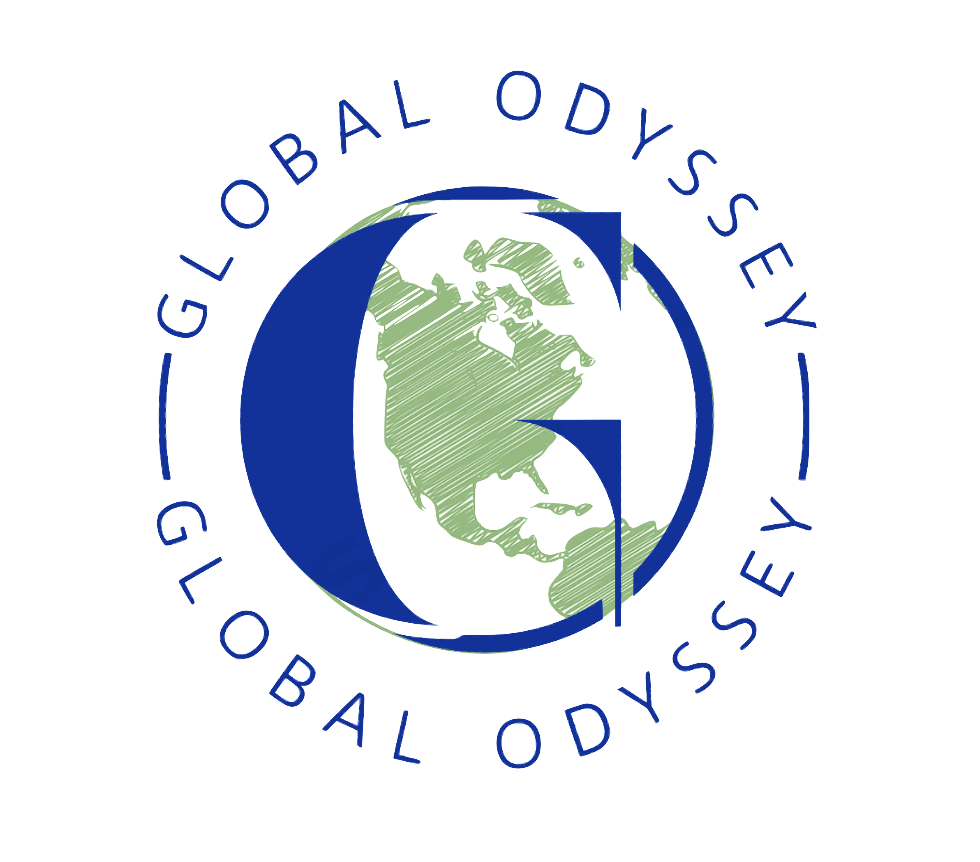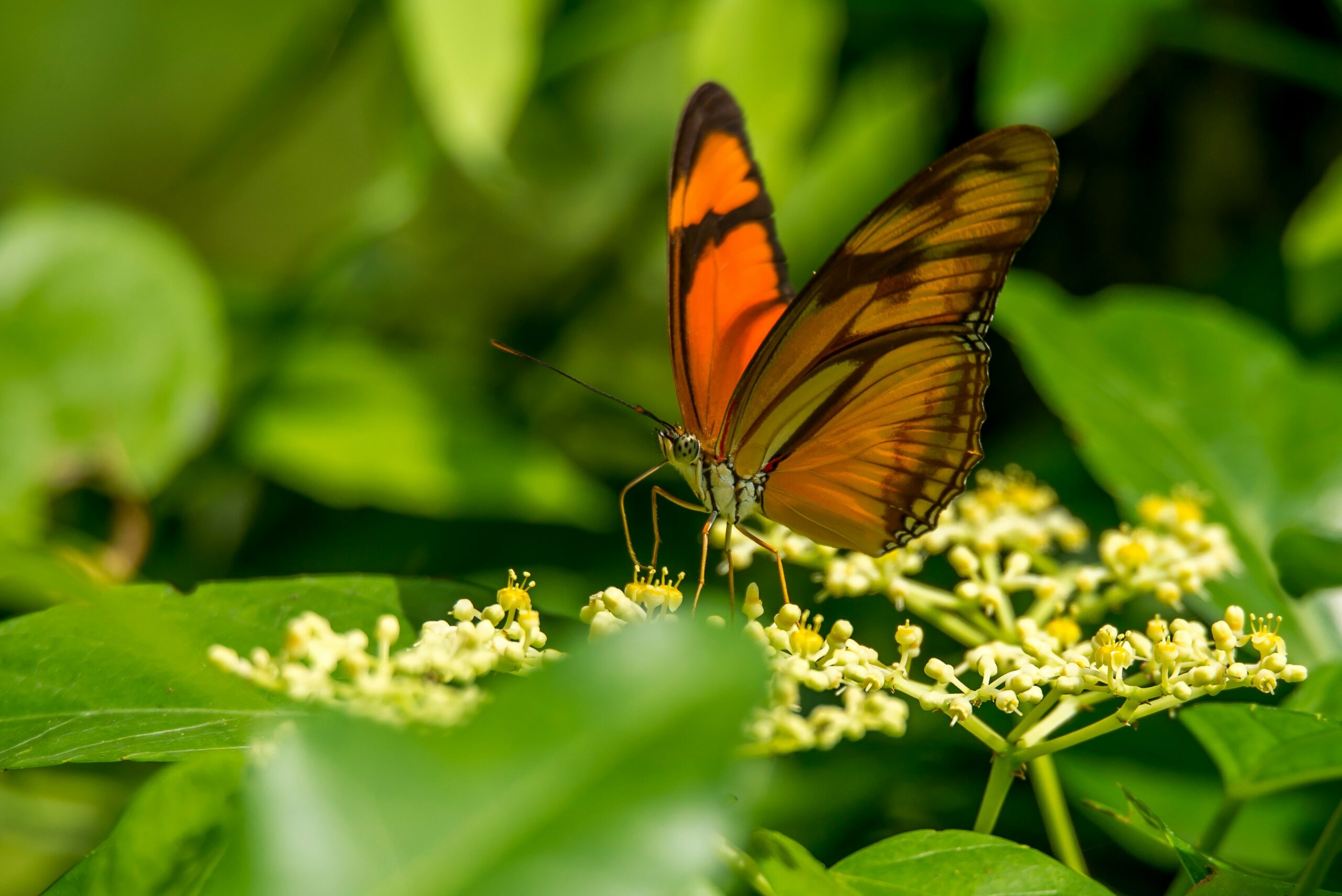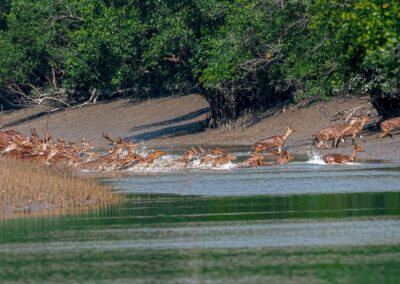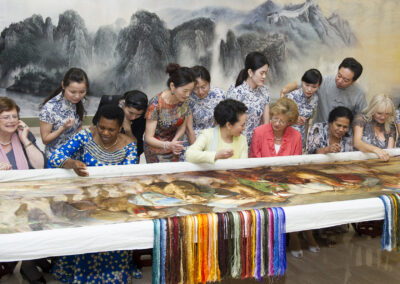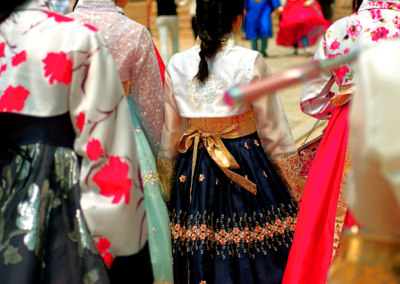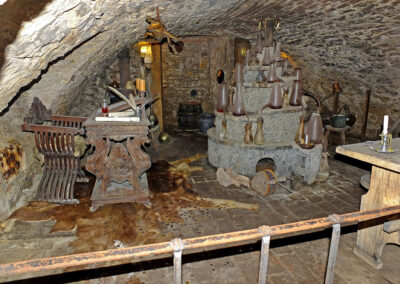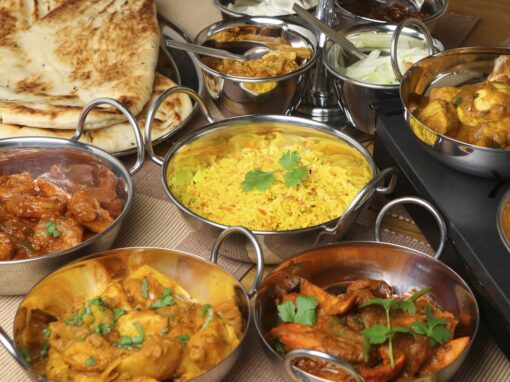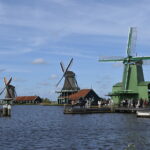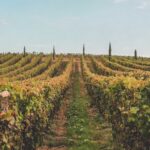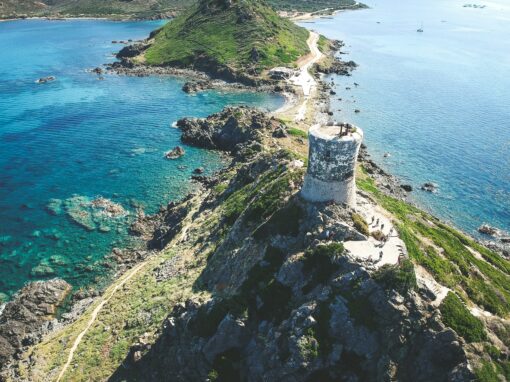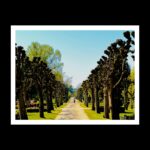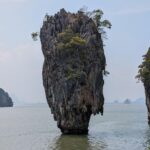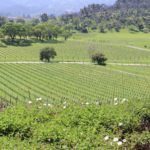Suriname is a country on the northern coast of South America and the smallest self-governing country in South America by both population and territory.
It is bordered by Guyana to the west, French Guiana (an overseas département of France) to the east, Brazil to the south and the Atlantic Ocean to the north.

Suriname is bordered by Guyana, French Guiana, Brazil and the Atlantic Ocean
It has a population of over 640,000 which is mainly concentrated in and around the capital Paramaribo, making it one of the least densely populated countries on the planet. Paramaribo is located in the north of the country, 15km from the Atlantic Ocean.
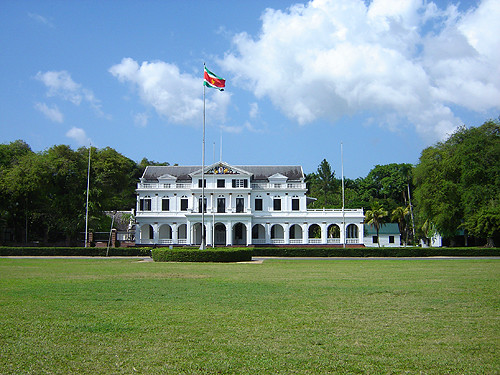
Presidential palace in Paramaribo, Suriname (Google Creative Commons)
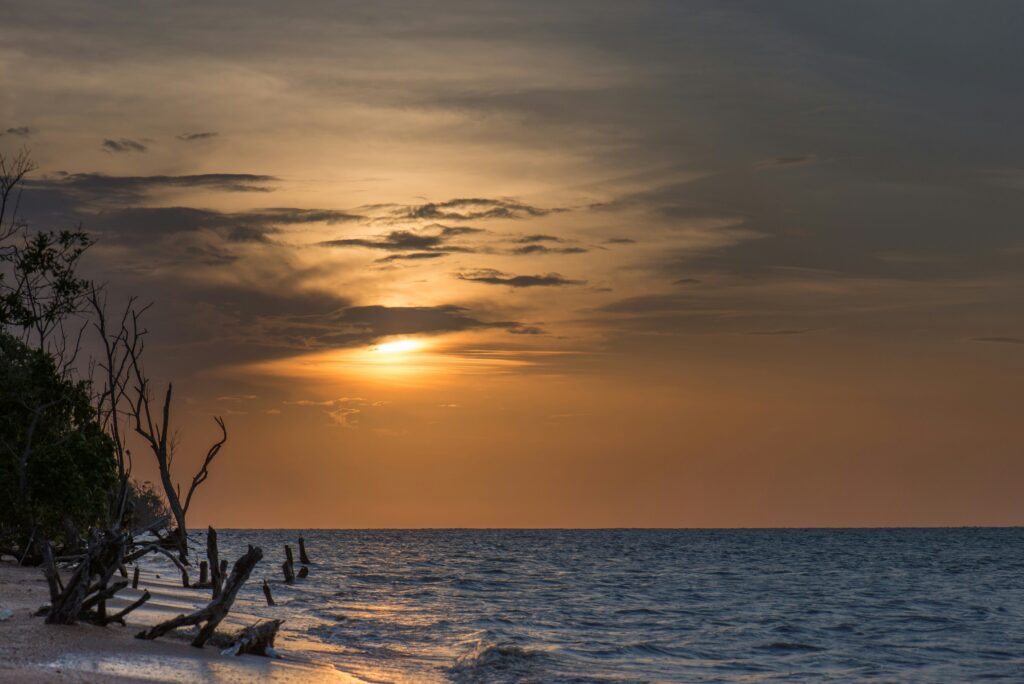
Suriname’s Atlantic Ocean coastline (Photo by Vincent van Zalinge on Unsplash)
Geography of Suriname
It is the smallest independent country in South America, situated on the Guiana Shield – one of three cratons of the South American tectonic plate.
Geographically, it is situated just north of the equator and 90% of the country is covered by tropical rainforest, the highest proportion of forest cover in the world. Because of this expansive forest cover, it has been running a carbon negative economy since 2014.
The country can be divided into two main geographical regions. Firstly, the northern, lowland coastal area which is cultivated and where most of the population lives. Secondly, the southern part consisting of tropical rainforest and sparsely inhabited savanna along the border with Brazil. This second region constitutes about 80% of Suriname’s land surface.
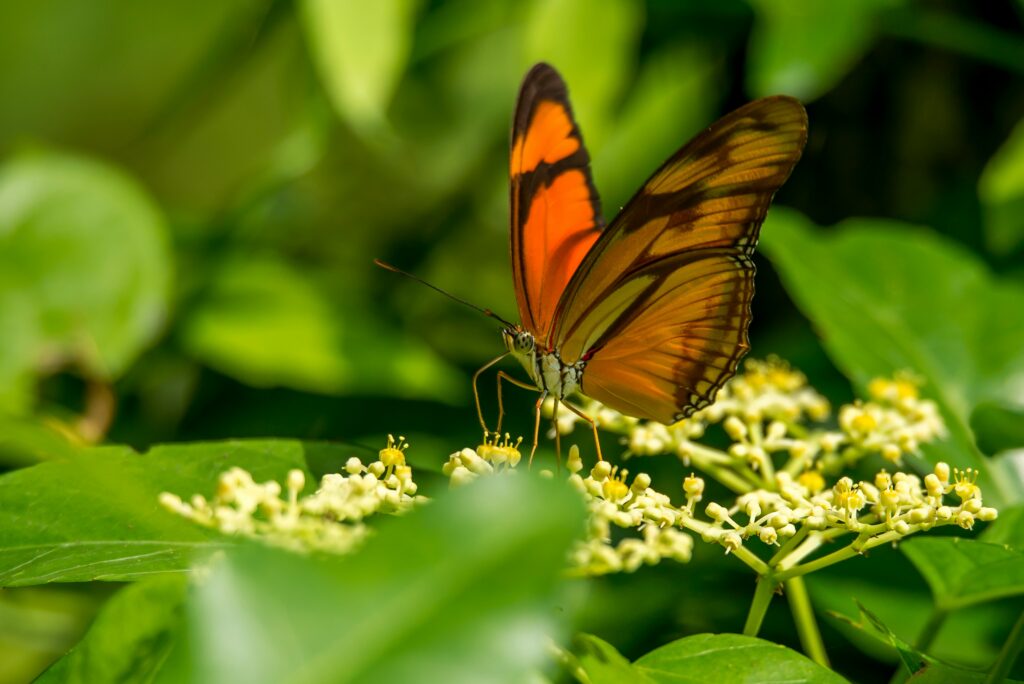
Butterfly in Surinamese tropical rainforest (Photo by Vincent van Zalinge on Unsplash)
Suriname is involved in territorial disputes with two of its neighbours Guyana and French Guiana which are the legacies of colonial rule.
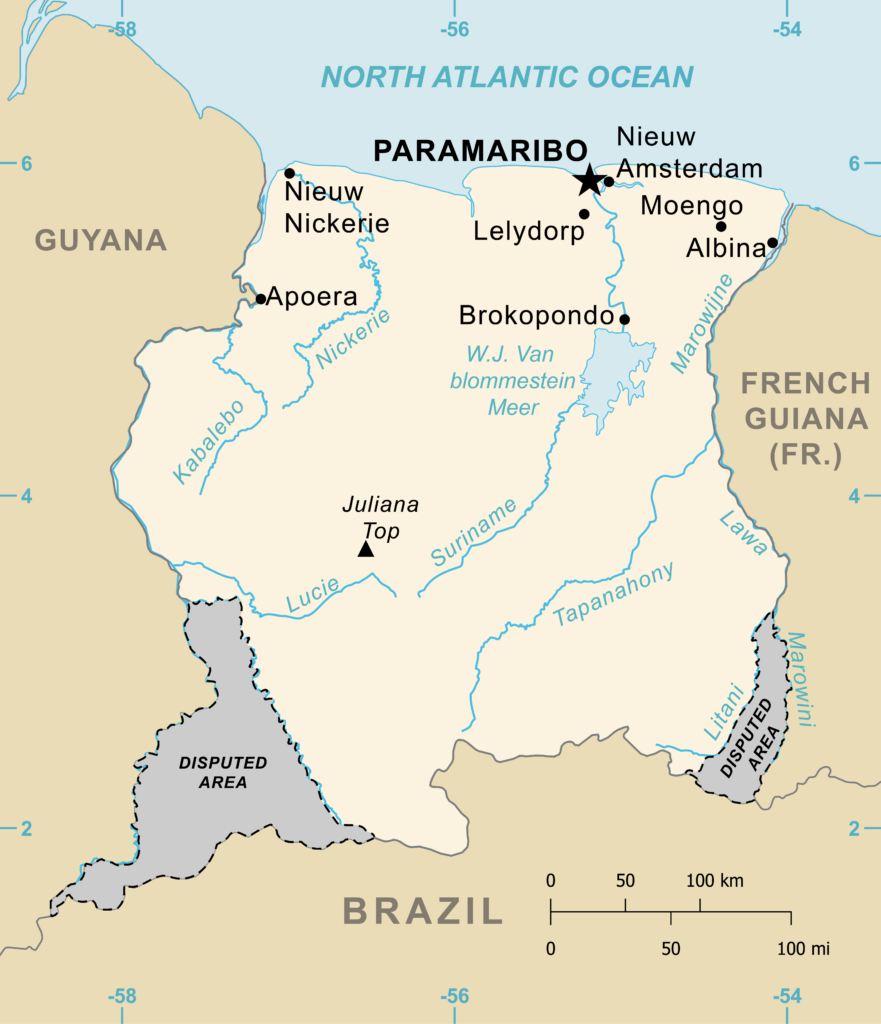
Disputed areas with Guyana and French Guiana
History and diversity of Suriname
Suriname traces a big part of its history to Dutch colonisation and influence. Europeans arrived in Suriname in the 16th century and by the late 17th century the Dutch had established control over much of the territory.
During the colonial period, Suriname was a lucrative source of sugar. Its plantation economy was initially driven by African slave labour before the abolition of slavery in 1863. However, subsequently, slaves were largely brought across from British India and the Dutch East Indies.
This has contributed to Suriname’s ethnically diverse population and peoples. The main religion is Christian, brought to Suriname by European colonisers, but no ethnic group forms a majority. Proportionally, its Hindu and Muslim populations are some of the largest in the Americas.
South Asians, descendants of Indian labourers, are the largest ethnic group in Suriname, making up more than a quarter of the population. The second major ethnic group accounting for about a fifth of the population is the Maroons – descendants of slaves of African origin.
Meanwhile, minor ethnic groups in Suriname include descendants of Chinese, Lebanese, Portuguese and Dutch immigrants.
Suriname gained independence from the Netherlands in 1975. However, it maintains strong diplomatic, economic and cultural links with the Dutch.
Culture and society in Suriname heavily reflect the impact of Dutch colonial rule. It is the only self-governing nation outside of Europe where Dutch is the official and predominant language of government, business, media and education.
Languages of Suriname
An estimated 60% of the population speaks Dutch as a native language while Dutch is the language of instruction in education.
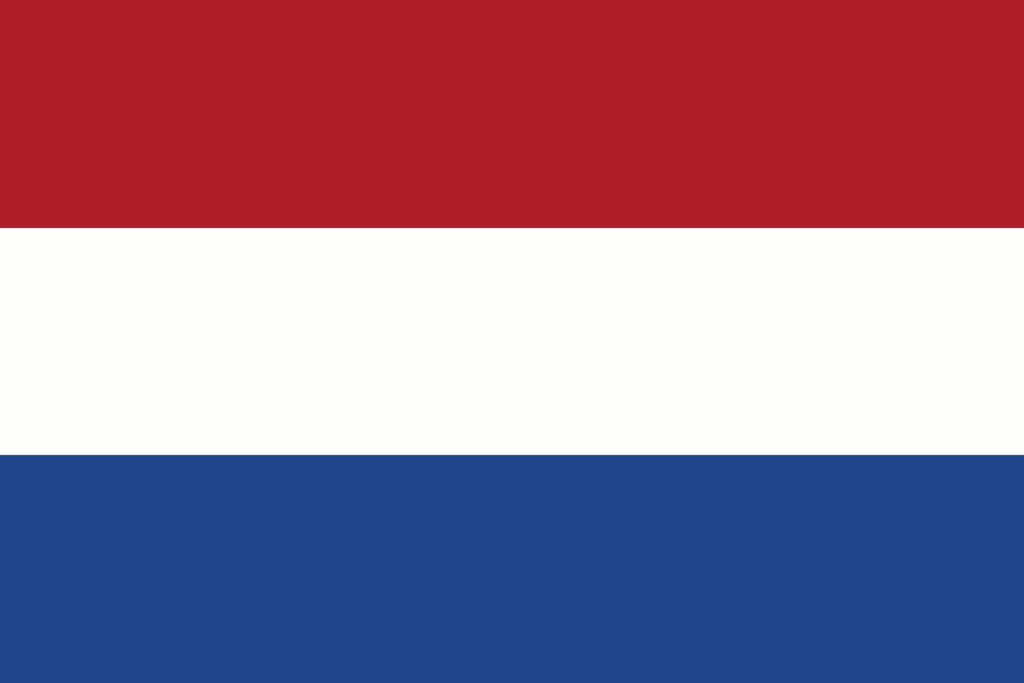
Dutch flag (Wikimedia Commons)
Beyond Dutch, Sranan Tongo, an English-based creole language, is a widely-used lingua franca in the country. Additional languages spoken in Suriname include Sarnami (which originates from Hindi and Urdu), Javanese and a number of Maroon and South American indigenous languages.
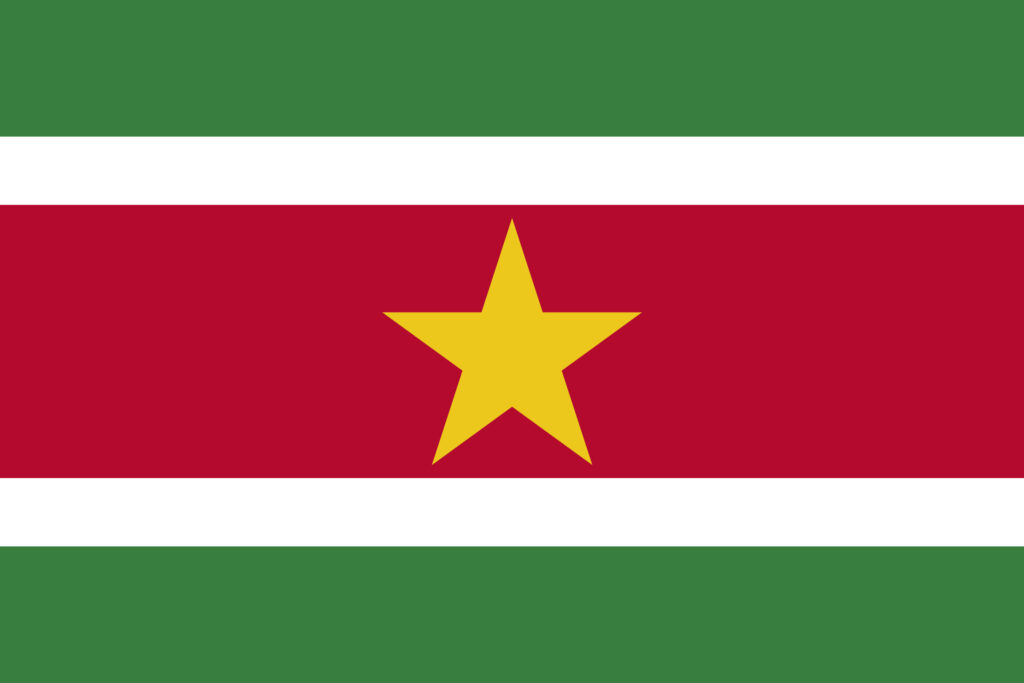
Flag of Suriname (Google Creative Commons)
Suriname’s economy is heavily dependent on its bountiful natural resources. It is rich in minerals including bauxite, gold and oil, while it makes money from its agricultural products principally farmed in the north of the country.
Suriname’s climate is very hot and wet owing to its proximity to the tropics. 80% of the south of the country is almost entirely enveloped in tropical rainforest.
The country of Suriname presents a wonderful opportunity to explore an incredibly diverse nation brimming with beautiful tropical rainforest. It is also quite an untapped part of South America by globetrotters.
